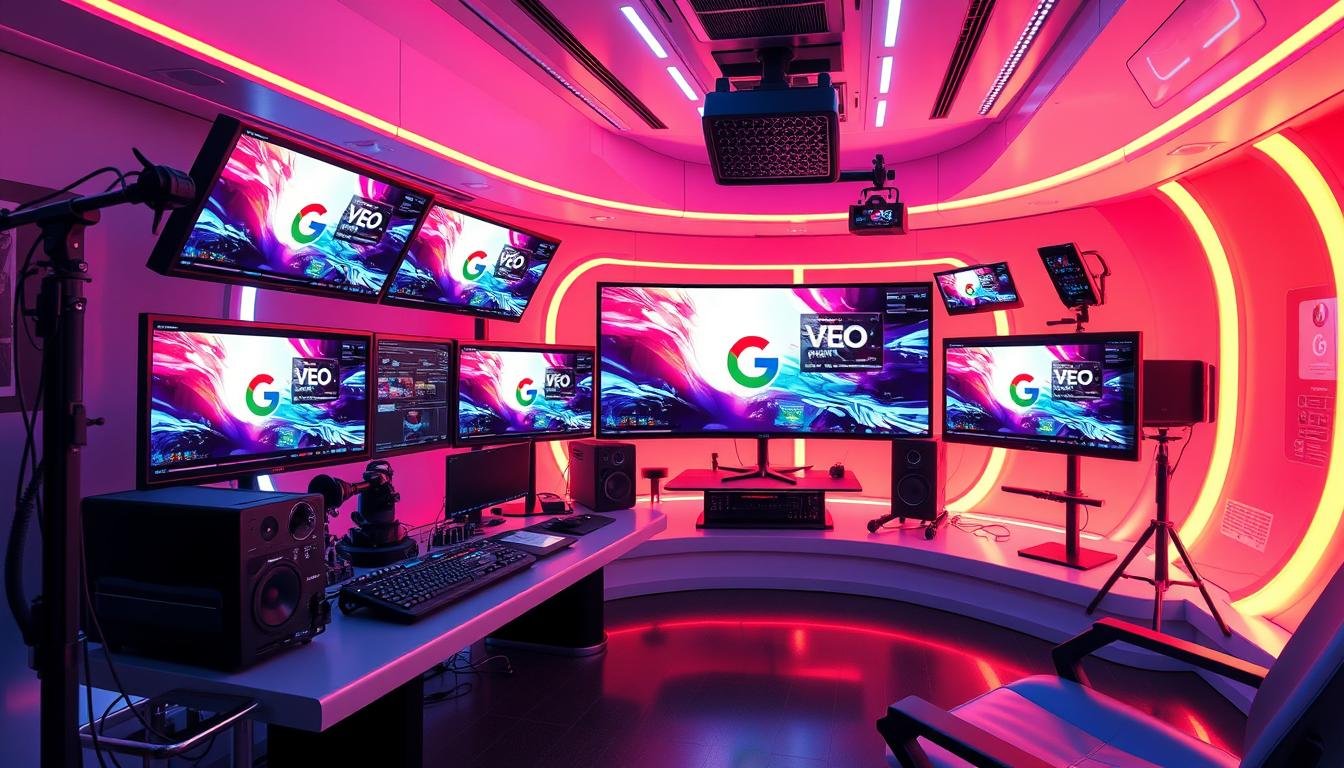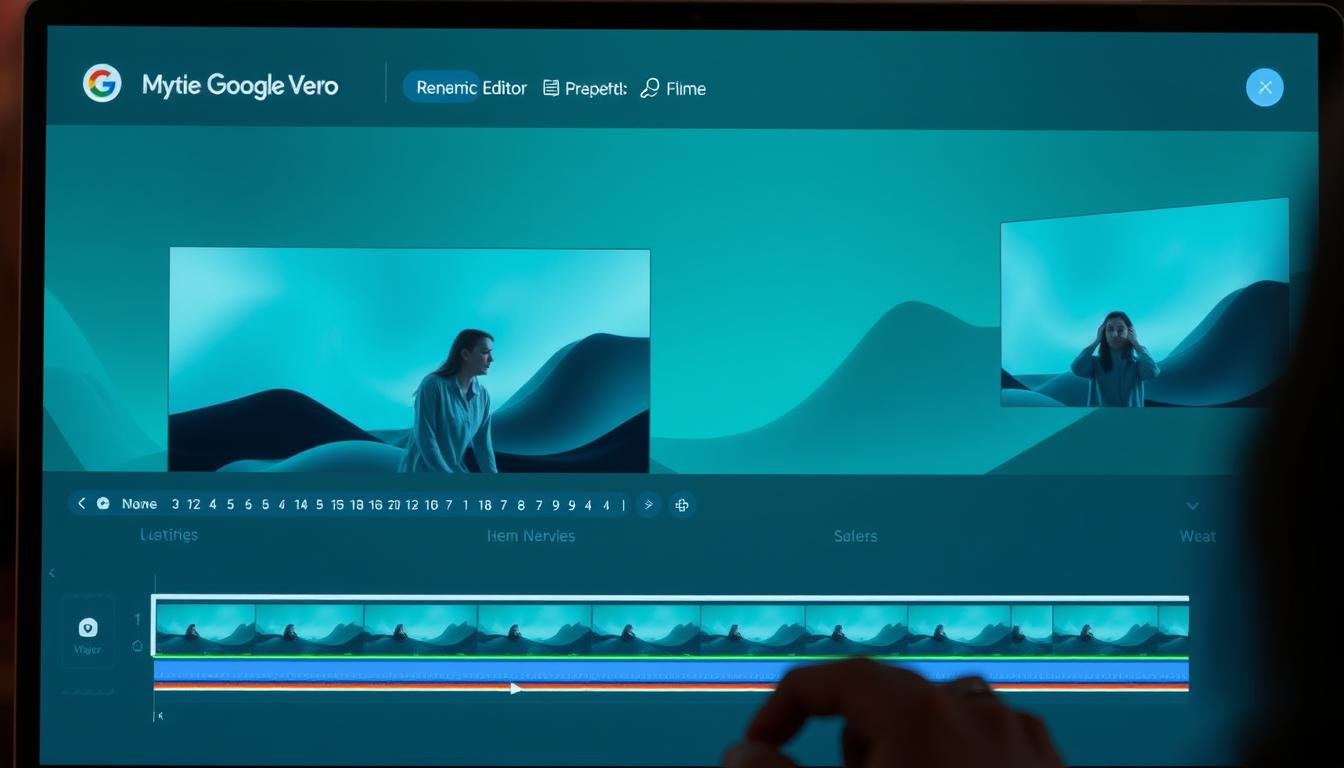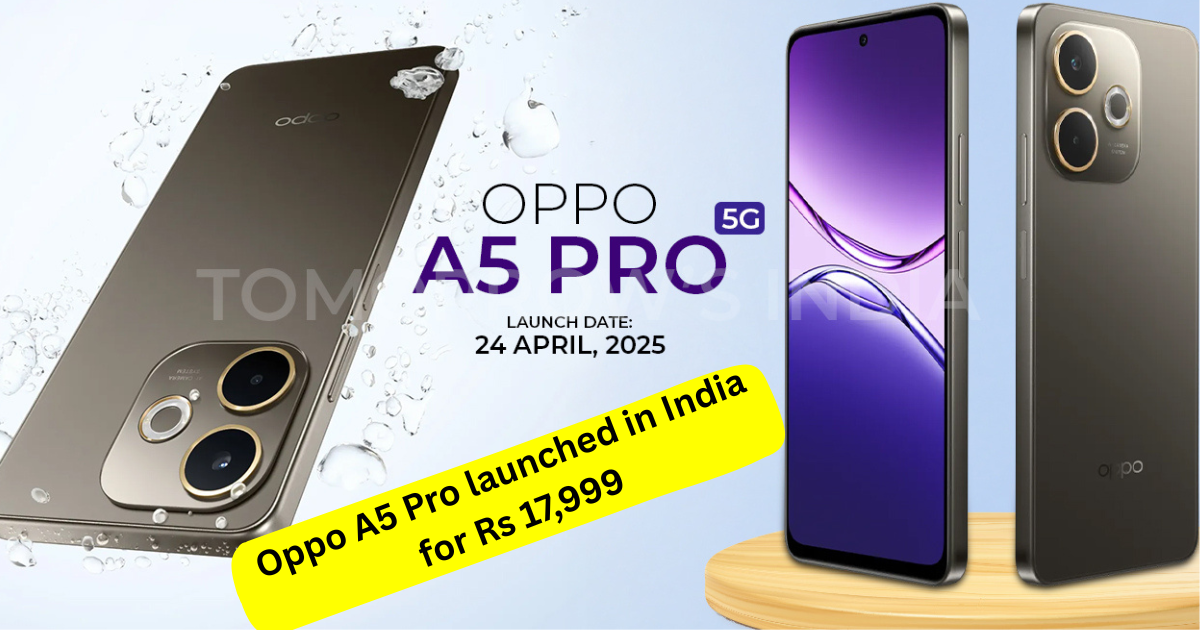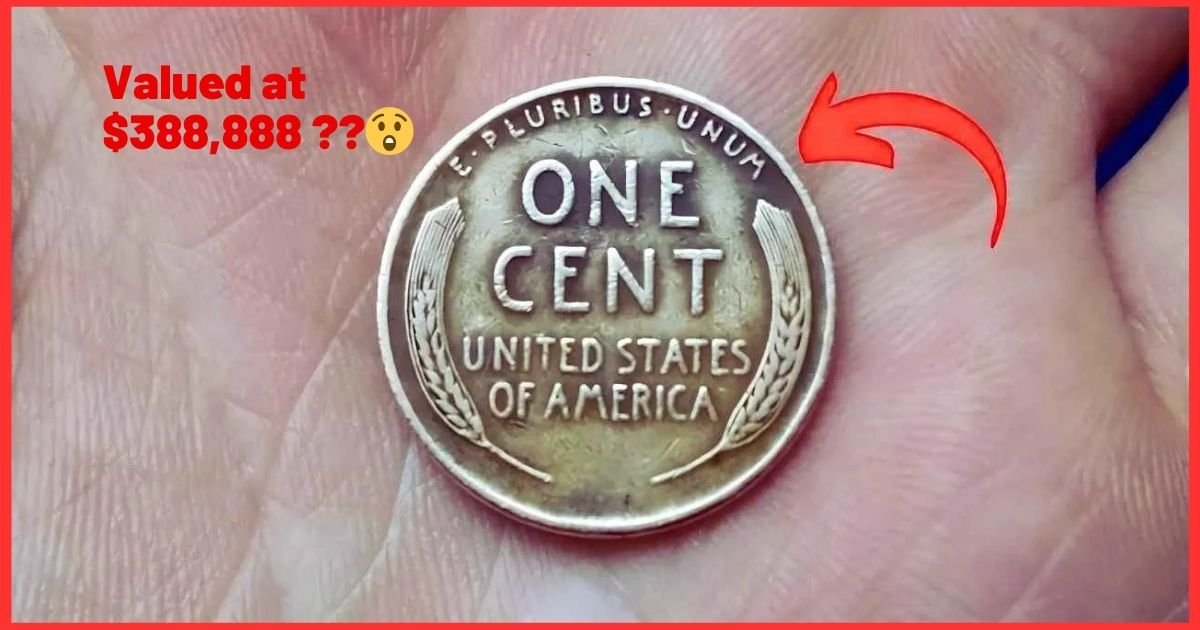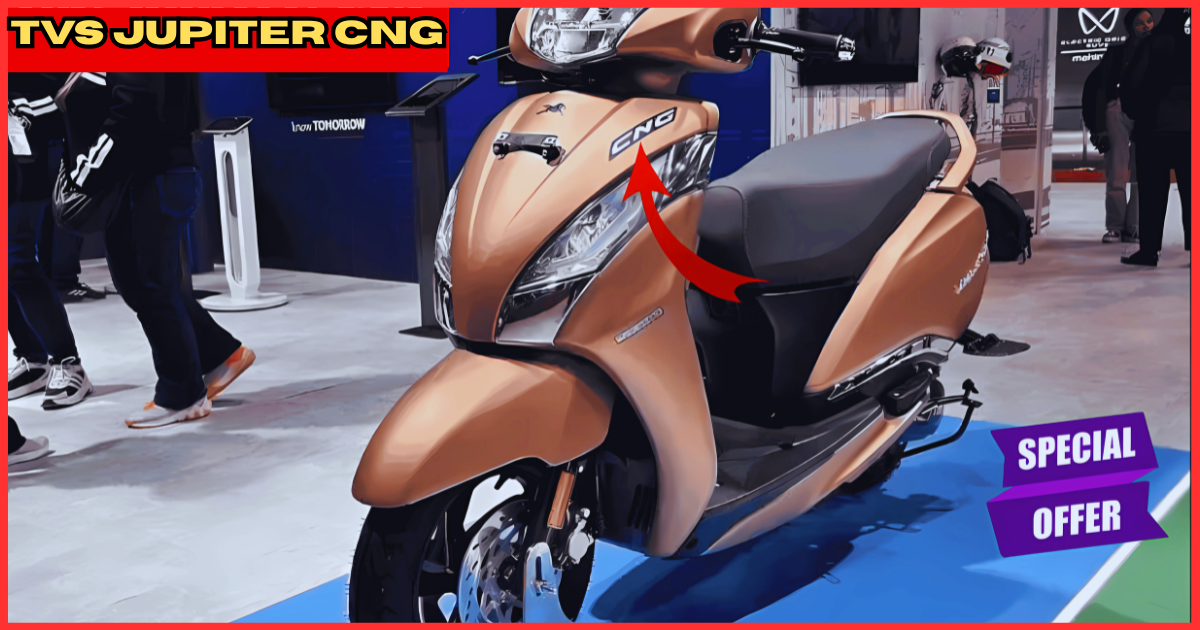The world of content creation is constantly evolving, and the latest innovation making waves is Google Veo, an AI-powered tool for generating videos from a text prompt. As creators and editors, we’re always on the lookout for ways to streamline our workflow without sacrificing quality.
Our team spent several weeks testing Google Veo‘s capabilities to see if it can truly replace traditional video editing software. We’re exploring whether this generation model can meet the needs of both professional and amateur people creating videos.
In this introduction, we’ll give you a glimpse into our experience with Google Veo, covering the basics of how it works and what it can do. We’ll explore whether this AI-powered tool is ready to revolutionize the way we create video content.
What is Google Veo?
Google Veo represents a groundbreaking technology in AI-powered video creation, allowing users to generate high-quality videos from text prompts or images. This innovative tool is part of Google’s broader AI ecosystem, leveraging advanced models to produce stunning cinematic outputs.
The Evolution from VideoFX to Flow
Google Veo has evolved from VideoFX, a Google Labs experiment launched last year. The technology has now transformed into “Flow,” a more comprehensive AI filmmaking tool designed for creative professionals. Flow is custom-designed for Veo, Google’s state-of-the-art generative video model, offering exceptional prompt adherence and realistic outputs.
How Veo Fits into Google’s AI Ecosystem
Veo utilizes Google’s most advanced AI models, including Veo, Imagen, and Gemini, to transform text descriptions into fully realized video content. The technology behind Veo comes from Google DeepMind, where researchers developed sophisticated models capable of understanding natural language and translating it into visual sequences. This positions Veo as a cutting-edge tool in AI-powered video generation, complementing other creative tools within Google’s ecosystem.
Understanding AI Video Generation
Understanding AI video generation is crucial for appreciating tools like Google Veo. AI video generation represents a significant advancement in content creation, enabling the production of original footage through complex algorithms rather than manipulating existing videos.
Creating Videos from Prompts
When you input a text prompt into Veo, it analyzes the language to identify key visual elements and generates a sequence of frames that match your description. This process is made possible by diffusion models trained on millions of video clips, allowing Veo to understand how images flow and change over time.
The Technology Behind Veo3
Veo3’s technology excels at physics and realism, with exceptional adherence to prompts. Behind the scenes, Gemini models make prompting intuitive, enabling users to describe their vision in everyday language. The video generation model processes prompts through multiple AI layers, creating a conceptual understanding, translating it into visual elements, and rendering a cohesive video sequence.
Try for Free
Setting Up Google Veo
Setting up Google Veo is a straightforward process that requires a Google Cloud account. To begin, you’ll need to sign up for Google Cloud and choose the appropriate subscription plan that includes access to Google Veo.
Account Requirements and Pricing
Google Veo is available through two main subscription options: Google AI Pro and Google AI Ultra. Google AI Pro provides basic access with 100 generations per month, while Google AI Ultra offers advanced features, higher usage limits, and early access to Veo3 with native audio generation. To use Veo on Vertex AI, you need to enable the Vertex AI API and set up authentication for your environment.
System Requirements
System requirements for Google Veo are primarily cloud-based, meaning you don’t need a powerful computer to generate videos. The processing happens on Google’s servers. To start, you’ll need to create a project in Google Cloud, enable the necessary APIs, and configure your authentication method. For those who want to try Veo before committing, Google offers limited trials through Vertex Studio.
Video Editor with Google Veo 3: Core Features
At the heart of Google Veo3 are its robust core features that enable sophisticated video generation. Google Veo3 offers several core features that differentiate it from traditional video editing software, focusing on generation rather than manipulation. These features make it an innovative tool for creating high-quality videos.
Text-to-Video Generation
The text-to-video generation feature allows users to create complete video clips by simply describing what they want to see. With this feature, the AI interprets the user’s prompt and generates appropriate visuals, making it a powerful tool for content creation. This capability simplifies the video production process, enabling users to generate videos using only descriptive text as input.
Image-to-Video Capabilities
Image-to-video capabilities enable users to upload a starting image and have the AI animate it or extend it into a full video sequence. This feature maintains the style and elements of the original image, providing a seamless transition from static to dynamic content. It’s particularly useful for creating engaging videos from existing images.
Camera Controls and Scene Building
Camera controls give users surprising flexibility for an AI tool, allowing them to specify camera movements, angles, and perspectives in their generated videos. The Scenebuilder feature lets users extend existing shots or create transitions between scenes with consistent characters and environments. This addresses one of the biggest challenges in AI video generation, ensuring continuity and coherence in the final output.
| Feature | Description | Benefit |
|---|---|---|
| Text-to-Video Generation | Creates video clips from descriptive text | Simplifies video production |
| Image-to-Video Capabilities | Animates or extends images into video sequences | Enhances static content |
| Camera Controls and Scene Building | Allows for camera movement and scene transitions | Improves video continuity and coherence |
Step-by-Step: Creating Your First Video with Veo

Getting started with Google Veo is straightforward, and creating your first video is an exciting process. To begin, you’ll need to access the Vertex AI Studio within the Google Cloud console.
Crafting Effective Prompts
Crafting effective prompts is crucial for generating high-quality videos with Veo. The more specific and detailed your text description, the better the output will be. When writing your prompt, consider the style, tone, and content you want for your video. You can also use reference images to guide the generation process.
Adjusting Settings for Optimal Results
To optimize your video generation, you’ll need to adjust several settings. First, choose your preferred aspect ratio, either 16:9 or 9:16, depending on your desired video orientation. Next, select the video length, which can range from 5 to 8 seconds. You can also specify the number of output variations you want Veo to generate.
Exporting and Saving Your Video
Once Veo has processed your request, you can preview the generated videos directly in the interface. If you’re satisfied with the results, you can download the videos to your local device or save them directly to a specified Google Cloud Storage bucket for further use. This flexibility makes it easy to integrate Veo into your existing workflow.
Advanced Techniques in Veo
For those looking to push the boundaries of what’s possible with AI-generated video, Veo provides several advanced tools. These features enable users to create more complex and nuanced videos, leveraging the full potential of Veo’s capabilities.
Using the Scenebuilder Feature
The Scenebuilder feature in Veo allows users to seamlessly edit and extend their existing shots, creating more intricate narratives. By connecting multiple scenes with consistent characters and environments, advanced users can craft compelling stories. This feature supports detailed camera controls, enabling precise direction of the viewer’s attention.
Asset Management for Consistent Characters
Veo’s Asset Management feature is a powerful tool for maintaining consistency across video generations. Users can save and reuse specific characters, objects, or settings, ensuring brand consistency and reducing the need to recreate elements. This capability is particularly useful for projects requiring a uniform visual identity.
Controlling Aspect Ratio and Video Length
Veo offers flexibility in terms of video output, allowing users to control both the aspect ratio and video length. The platform supports both landscape (16:9) and portrait (9:16) formats, accommodating various publishing destinations. Video length can be adjusted between 5-8 seconds, with the option to stitch together multiple generations for longer sequences.
By mastering these advanced techniques, users can significantly enhance their video generation capabilities with Veo, producing high-quality, engaging content that meets their specific needs.
Veo’s Strengths: What It Does Well
With its advanced AI models, Veo is redefining the landscape of video creation, providing users with unprecedented control and quality. Veo’s custom design focuses on exceptional prompt adherence and stunning cinematic outputs that excel at physics and realism.
Prompt Adherence and Realism
Veo excels at generating videos that closely match text descriptions, showcasing impressive accuracy compared to other AI video generators. The realism of physics and motion in Veo-generated videos is particularly noteworthy, with natural-looking movements that avoid the uncanny valley effect common in AI animation.
A key strength of Veo lies in its ability to handle complex concepts, translating abstract ideas into visual representations that capture the essence of the prompt. The quality of lighting, textures, and environmental details often approaches cinematic standards, especially for natural scenes and objects.
| Feature | Description | Benefit |
|---|---|---|
| Prompt Adherence | Generates videos closely matching text descriptions | High accuracy in video generation |
| Realism | Natural-looking movements and physics | Avoids uncanny valley effect |
| Cinematic Quality | High-quality lighting, textures, and details | Cinematic standards achieved |
Integration with Other Google AI Tools
Veo’s integration with other Google AI tools creates a powerful ecosystem. Users can leverage Imagen for image generation that feeds into Veo or use Gemini for more nuanced prompt creation. This integration enhances Veo’s capabilities, making it a versatile tool for various applications.
The latest video generation capabilities show remarkable improvement in rendering people realistically, though this remains an evolving area with certain limitations.
Limitations of Using Veo as a Video Editor
While Google Veo represents a significant leap in AI-powered video generation, it comes with its own set of limitations when considered as a replacement for traditional video editors. As we explore its capabilities, it’s crucial to understand where Veo stands in terms of editing functionalities and creative control.
Editing Capabilities Compared to Traditional Software
Google Veo’s approach to video generation is fundamentally different from traditional video editing software. Key limitations include:
- Lack of timeline editing and precise frame-by-frame control
- No sophisticated audio mixing capabilities
- Inability to make small tweaks to existing footage without regenerating the entire video
- Output length limitations requiring separate segments for longer videos
These constraints highlight the challenges of using Veo for complex projects that demand detailed editing, a task traditionally handled by dedicated video editing software.
Creative Control Constraints
The creative process with Veo is more abstract compared to traditional editing tools. Editors guide the AI through text prompts rather than directly manipulating visual elements. This can be frustrating for professionals accustomed to precise control over their projects.
- Limited ability to edit specific portions of a generated video, such as adjusting just the first or last frame
- Difficulty in handling complex projects with multiple scenes, characters, and storylines
- Challenges in working with people in videos due to safety constraints and AI limitations in rendering realistic human movement and expressions
These limitations underscore the need for a balanced approach, potentially combining Veo’s generative capabilities with traditional editing tools to achieve the desired outcome.
Real-World Applications: Who Can Benefit from Veo?
The versatility of Google Veo makes it a valuable tool for various professionals. By simplifying the video creation process, Veo is opening up new possibilities for content generation and storytelling.
Content Creators and Social Media Marketers
Content creators and social media marketers can leverage Veo to quickly generate eye-catching short-form videos. This tool is particularly useful for conceptualizing ideas and creating proof-of-concept videos before committing to full production. With Veo, marketers can rapidly prototype video advertisements, testing different approaches and visual styles.
Filmmakers and Storytellers
Filmmakers can use Veo for pre-visualization, allowing them to test different camera angles, lighting setups, and scene compositions. The native audio generation capabilities in Veo3 add environmental sounds and basic dialogue, making it a more comprehensive tool for creating finished content. This feature is especially beneficial for storytellers who need to explore their ideas without extensive resources.
Case Studies: Creative Projects Made with Veo
The versatility of Veo is showcased through various creative projects developed by renowned filmmakers. These case studies demonstrate how Veo can be effectively used to bring unique stories to life.
Dave Clark’s “Freelancers”
Dave Clark, an award-winning filmmaker, used Veo to develop his short film “Freelancers,” a story about two estranged adopted brothers. The project showcases Veo’s ability to generate scenes that would be difficult or expensive to film conventionally while maintaining high production quality. Clark’s work demonstrates the potential of AI video generation in telling emotional stories about human relationships.
Henry Daubrez’s “Electric Pink”
Henry Daubrez is currently working on “Electric Pink,” a project that illustrates his creative journey. Building on his experience with Veo2 in his previous project “Kitsune,” Daubrez’s work highlights how creative professionals can maintain their artistic vision while leveraging AI tools to expand their visual possibilities.
Junie Lau’s “Dear Stranger”
Junie Lau is working on “Dear Stranger,” a film that explores universal love between a grandmother and grandchild across countless parallel worlds. This project demonstrates Veo’s capability to visualize abstract concepts and parallel worlds, helping filmmakers explore universal human experiences through imaginative visual storytelling without the constraints of physical production.
Comparing Veo to Traditional Video Editing Software
Google Veo represents a paradigm shift in video content creation, diverging from traditional video editing software. While conventional editing tools like Adobe Premiere Pro or Final Cut Pro focus on manipulating existing footage, Veo generates entirely new content from text descriptions.
Workflow Differences
The workflow with Veo differs fundamentally from traditional editing. Editors typically work with a timeline of clips, whereas Veo users iterate through prompts and generations until achieving the desired results. This change in workflow affects how creators approach their projects, shifting from precise clip manipulation to guiding the AI through text prompts.
- Veo’s generation capabilities allow for rapid creation of new content.
- Traditional software offers granular control over every frame and audio track.
Time and Resource Efficiency
Veo can create simple scenes in minutes, potentially saving time compared to traditional filming methods. However, it lacks the precision editing capabilities needed for complex post-production work. Resource requirements also differ, as Veo runs on Google’s cloud servers, reducing the need for powerful local hardware.
- Veo’s cloud-based approach reduces local hardware requirements.
- Traditional editing demands powerful computers with specialized hardware.
Conclusion: Is Google Veo a Viable Replacement for Video Editors?
As AI-generated video technology advances, Google Veo is redefining the video creation landscape. While it offers unprecedented efficiency and creative possibilities for certain use cases, it doesn’t replace traditional video editing software.
Google Veo excels in conceptualization, rapid prototyping, and creating short-form content from scratch. However, it lacks the precision and control needed for sophisticated post-production work.
A hybrid workflow, combining Veo’s generative capabilities with traditional editing tools, is likely the most effective approach for many creators. As generation models continue to advance, the line between AI-generated and traditionally filmed content will blur, transforming video production. Safety considerations will remain crucial, particularly for content involving people.
